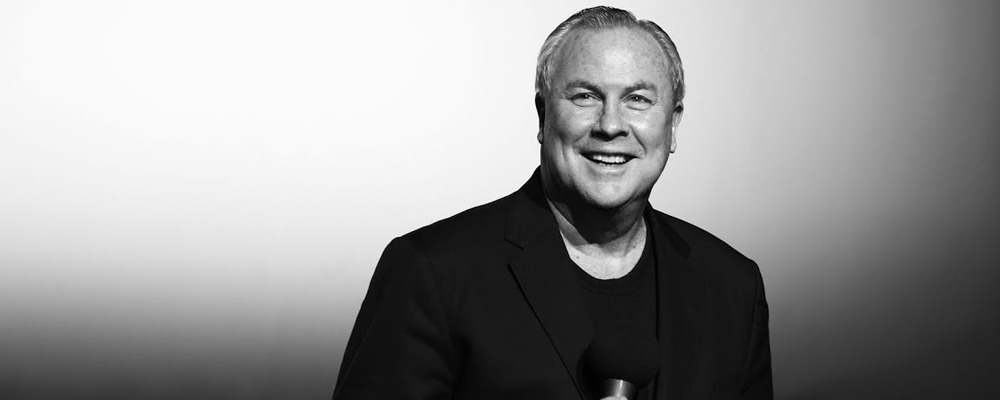‘The Old Woman’ Starring William Dafoe is Coming to UCLA
Sandra Miska
Those who like their theater a bit on the Russian and avant-garde side are in luck. The theatrical production “The Old Woman,” based on a story by the Russian author Daniil Kharms, is coming to the Center for the Art of Performance at UCLA on November 14 and 15.
“The Old Woman” is based on a slyly political story written by Kharms in 1939, a few years after his avant-garde writings led to his first imprisonment, which was followed by his exile. Eventually, his publications were banned, he was again arrested, and he starved to death in a St. Petersburg prison during the Nazi blockade of the city. In the story, that shows the same fatalistic themes as the writer’s life, a man makes a gruesome discovery in his apartment. It is the corpse of an elderly woman. He hides her in a suitcase, but loses it. However, it is not clear to the reader what is real to the narrator and what is imagined.
The stage adaptation of “The Old Woman” is a two-man vaudeville show created by director Robert Wilson and writer Darryl Pickney. The male performers are American actor William Dafoe (“Spider-Man,” “The Life Aquatic With Steve Zissou”) and Russian actor/dancer Mikhail Baryshnikov (“Sex and the City”).
Ben Brantley of the New York Times had the opportunity to review “The Old Woman” when it opened last June at the Brooklyn Academy of Music. According to him, Dafoe and Baryshnikov were “the wackiest bromance of the summer.”
“Mr. Baryshnikov and Mr. Dafoe are performing with the kind of synchronicity associated with Stan and Ollie, the Road Runner and Wile E. Coyote, and even Fred and Ginger,” wrote Brantley. “In the process, they’re giving unsettling resonance to the premise that comedy isn’t easy.”
However, who is the narrator, Baryshnikov or Dafoe? In an interview with dance critic and New York Times writer, Roslyn Sulcas, Wilson said that it came to him during a month-long residency in Spoleto, Italy, before the show’s Manchester premiere. Both men were the authors of the show.
“Once I thought that,” he explained, “it was easier for them to switch roles, to become the old woman or the writer and change persona constantly. They were very interesting as complements. It took a while to get that right. So much is in the timing.”
Both Baryshnikov and Dafoe found the process of figuring out the rhythm of the show to be grueling, but rewarding in the end.
“There were moments when I was really puzzled and upset, mostly with myself. I felt really pressurized, you don’t know what it is all about, you are left on your own a lot to figure it out,” said Baryshnikov. “Bob will work on set and lighting 90 percent of the time, 10 percent with actors, and that can be hard.”
Added Dafoe, “There is no ‘We’ll do this tomorrow. You will repeat things four, eight times. You cannot fall into naturalism; there is a kind of tension that he likes in performance that has to be fully practiced in rehearsal. It’s pretty exhausting.”
‘The Old Woman’ will be performed at CAP at UCLA Nov. 14-15. For ticket information, click here.

